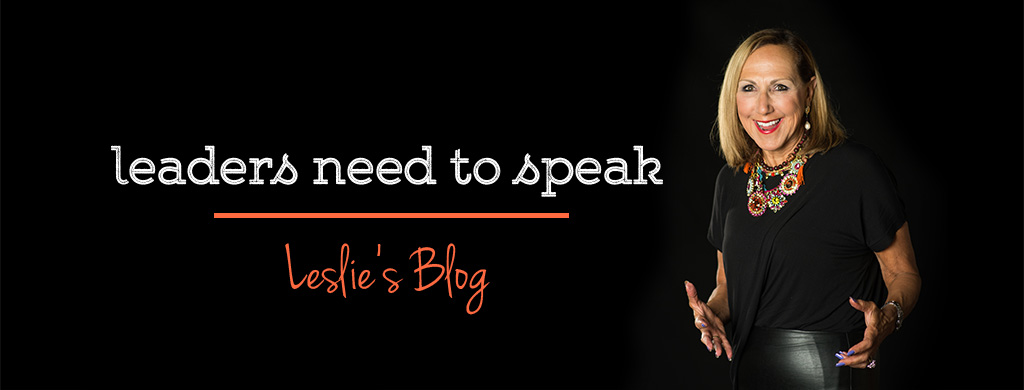What Communication to Look for in the Upcoming Senate Hearings
This week starts another unprecedented event in our times. Not unprecedented in history, but in our times. This week starts the Senate Intelligence Committee hearings with star witness James Comey.
As a teenager I happened to be in Washington, D.C. during the Watergate hearings. I took myself there, stood in line for 6 hours, and got to stand in the back of the room where the hearings were held. Media made up most of the surprisingly small room. A measured number of citizens were allowed into the back of the room. Of course it was way before social media or cable TV. The three and only three networks were the only to cover the hearings: CBS, NBC, and ABC.
I didn’t know what to look for when I watched the coverage on TV or in person. Like many Americans I was glued to the proceedings watching the beautiful Maureen Dean and the many other Watergate characters. But I didn’t really know what to watch for. In the years since I have studied communication. Here are the first five things to look for in the non-verbal communication during the Senate hearings or any other hearings that may follow. What you are really looking for is for the verbal message, the words to be congruent with the non-verbal communication.
What to look for when people testify:
- Seated forward or leaning back
Watch both the person answering the questions and the people asking the questions. Are they leaning forward or leaning back? Not all members of the Senate committee are necessarily thrilled to be in the position that being on this committee might eventually put them in.
Sitting forward is a positive stance that says the person is engaged, they want to be there. Leaning back is a way of saying “I don’t want to be here” or simply “NO”.
The most dominant gesture of defensiveness is the position of the arms crossed at the chest or waist. Think of the stance taken by the team manager in a baseball game during an argument with an umpire: his arms folded across his chest.
- Eye contact and position of body
Have you ever watched the jury as they return to the courtroom with a verdict? If they look at the defendant, the jury found them innocent. If they won’t look at the defendant, the jury found the guilty. Look at the eye contact from the committee members when they are asking questions, do they look down at their notes or at the participant? Where does a Comey or whomever, look when he is answering?
Observe the position of the entire body. Is it facing the “audience” or is the body facing the doorway positioned for an early exit? If they are not facing their audience squarely, likely they don’t really want to be there even if they say they do.
- Will anyone point?
No one likes the pointed finger. It comes across as arrogant and arouses antagonism. Will we see from either side of the table? Will we see any Senate member pointing a finger in indignant righteousness? Will we see a Comey pointing his finger or will those on either side soften this harsh example of non-verbal communication?
- Use of eye glasses
Observe how and when people take off their eye glasses. Slowly taking off the glasses is a signal that the person wants time to think. When the wearer takes off his/her glasses and put the ear piece in their mouth, it means they don’t want to answer. The symbolism is putting something in their mouth so the words can’t come out.
- Nose rub
The “nose-rub” is as much a sign of rejection as the word “No!” It could be a nose rub, an ear or nose touch or rubbing an eye. All of these are saying “No” while their words might say something positive or neutral. Similarly, watch for the person asking the question or the person responding to the question to put their hand or fingers in front of their mouth. This is a way of holding back, concealing, or telling only part of the story as though the fingers represent stopping the flow of words.
Other signs to look for are stroking one’s chin, fidgeting feet, and open or closed hands. Remember what you are looking for is how consistent, how congruent the verbal message is to the nonverbal message.


